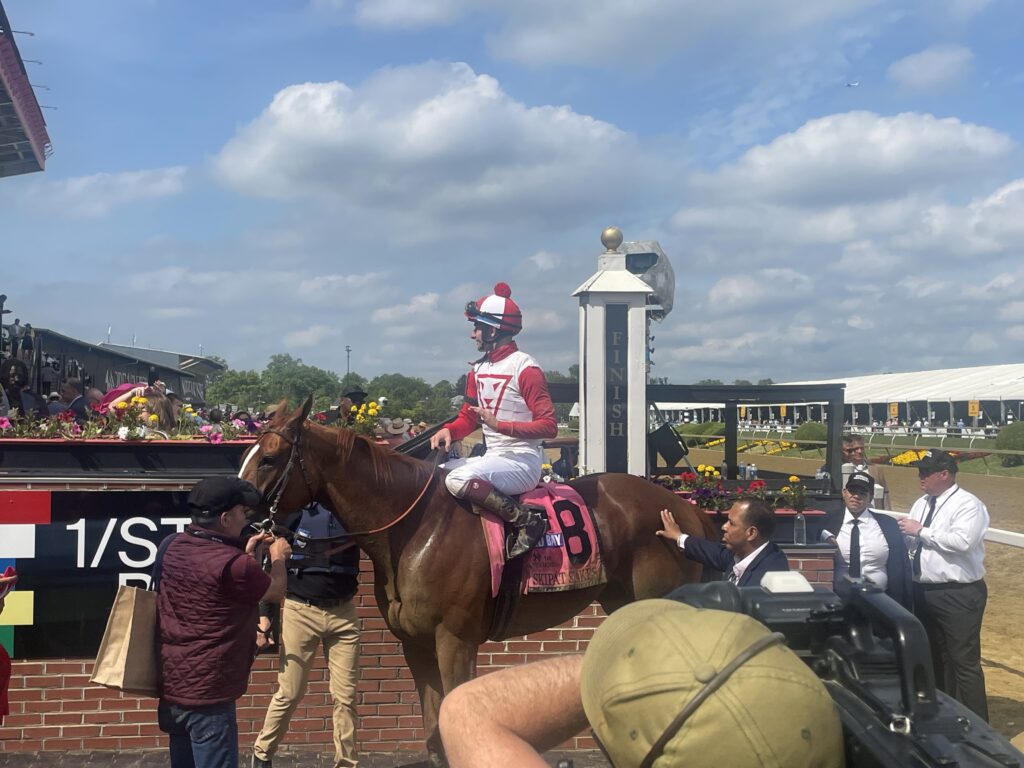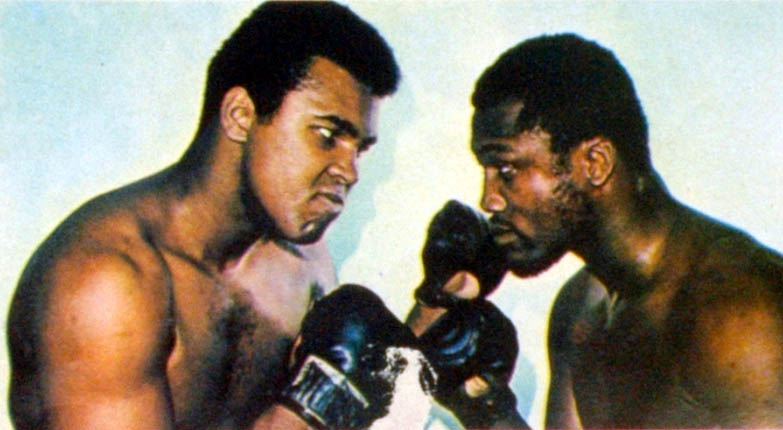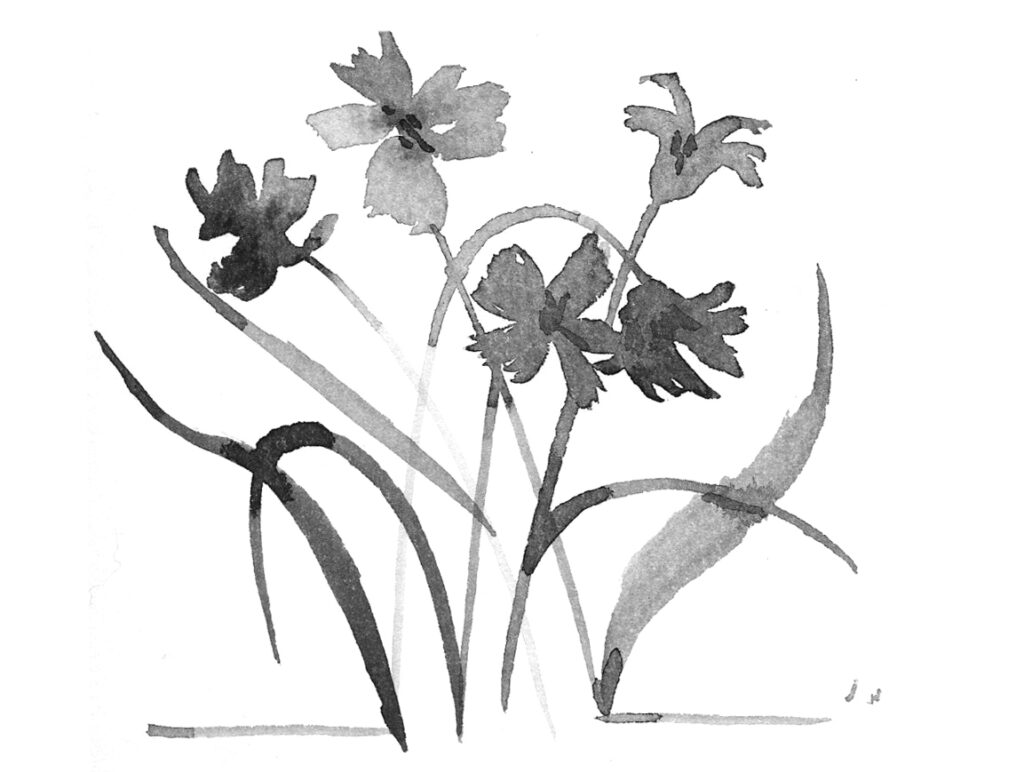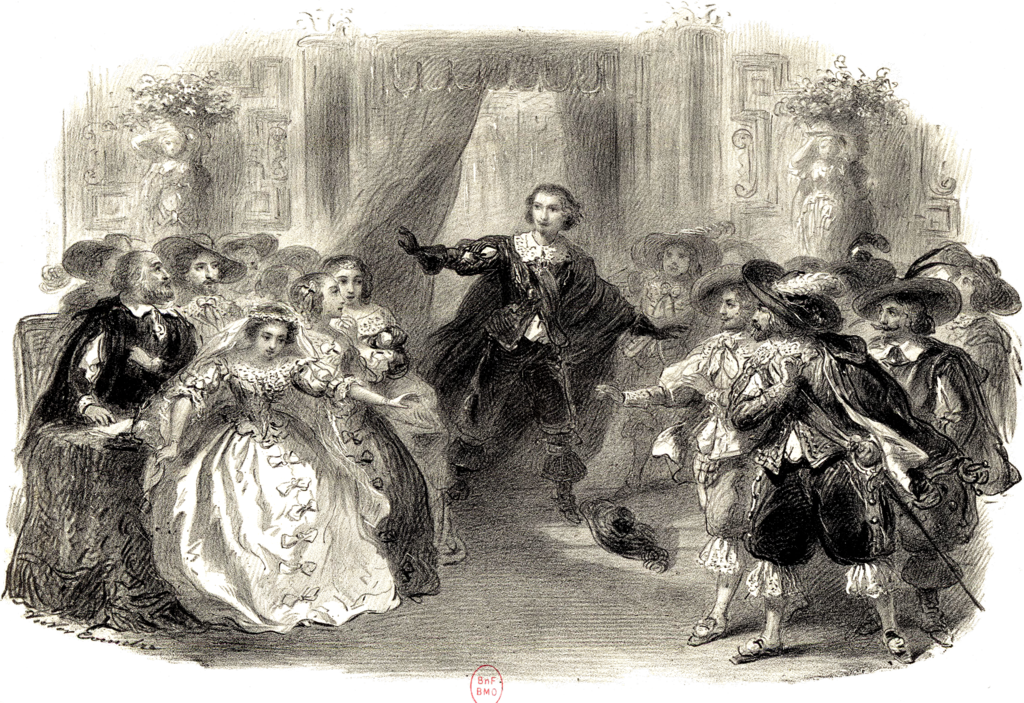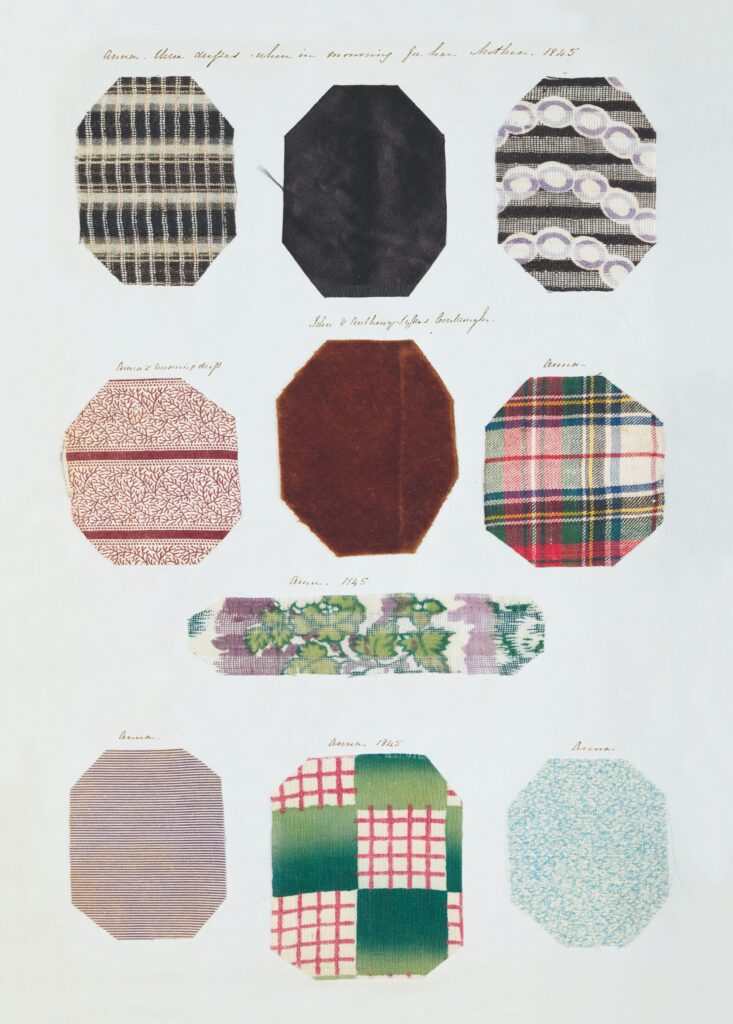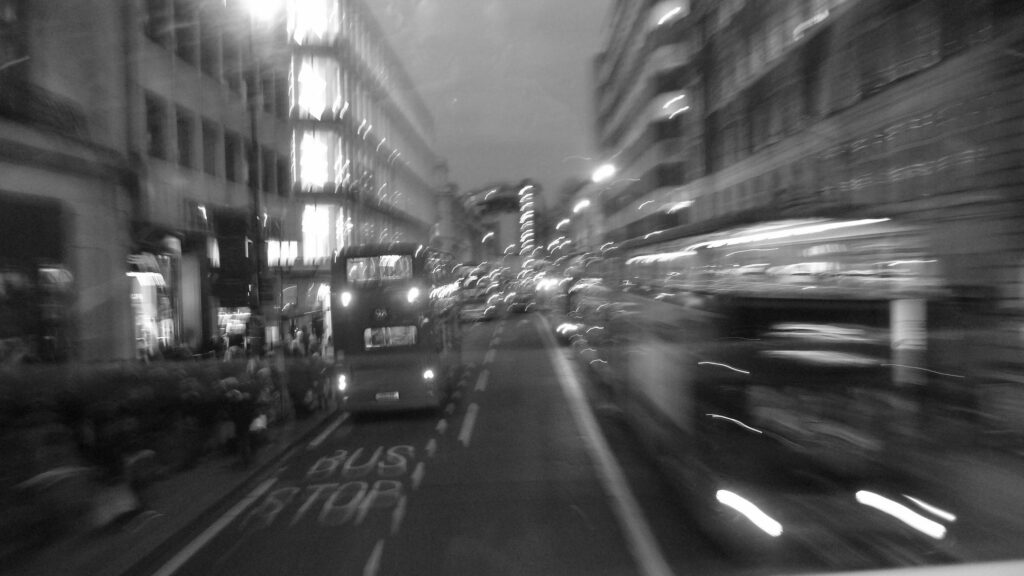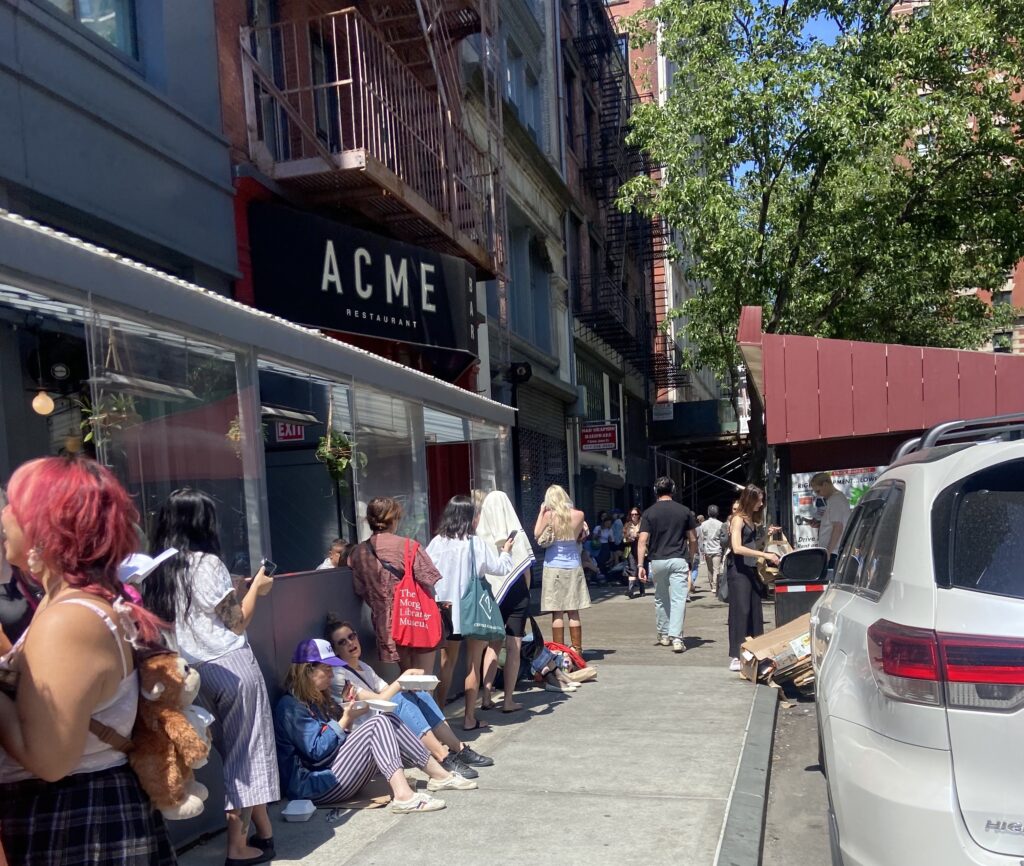Magical realism is such a powerful genre. The surreal feeling of magical happenings in a realistic setting tends to make a story stick with you for longer than the average novel. In a world where hooking students on books is a constant battle, these tantalizing tales build enthusiasm for reading. It’s such a joy to connect young readers with stories that transport them in a wondrous way. The wonder is not just for kids. As an adult, some of my favorite books are middle grade magical realism novels.
I will never forget the first time I read When You Reach Me by Rebecca Stead. I finished in the middle of the night, teary and touched, and unable to put into words exactly why this book had affected me as it had. That is the power of magical realism — something unspoken but deeply felt.
Below I’ve gathered some middle grade magical realism books, many of which I frequently recommend in my elementary school library. While middle grade novels are typically geared towards kids in 4th through 8th grade, accessing these books on audio greatly increases the range of students who can enjoy. Whether you’re looking for something to recommend to a specific reader or a read aloud to entice a group, this list is an excellent place to start.
Pilu of the Woods by Mai K. NguyenA beautiful story structured with tree spirits and redemptive adventure, Pilu of the Woods is truly a story about processing emotions and healthy channeling of anger. Willow always feels more calm in the woods, and when she meets Pilu, a tree spirit trying to get home, she feels a sense of purpose. However, is Willow able to help Pilu on Pilu’s terms, or will her big emotions overtake her again? |
Love Sugar Magic: A Dash of Trouble by Anna Meriano and Mirelle OrtegaThis delightful story brings us to a wildly popular family bakery. Leo can’t wait until she’s old enough to help her mother and sisters make their sought after baked treats. Every year they tell her she has to wait! When she spies on her family, she realizes the reason they’re holding back — they’re brujas! Leo knows she has magic, too, and can’t contain her excitement. When she tries a spell on her own, she realizes she needs her family’s help. |
Copyright
© Book Riot







